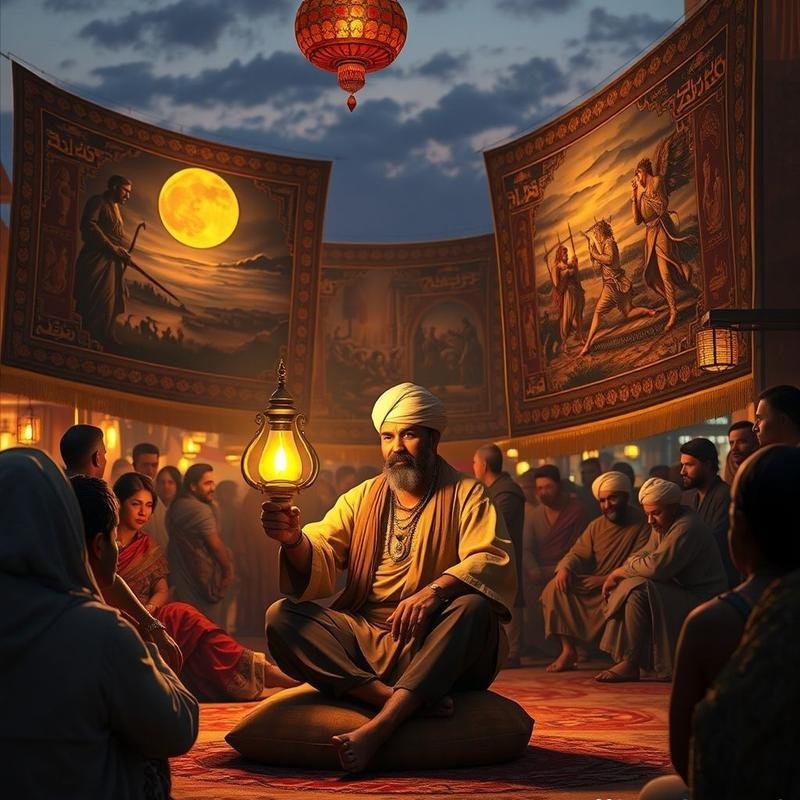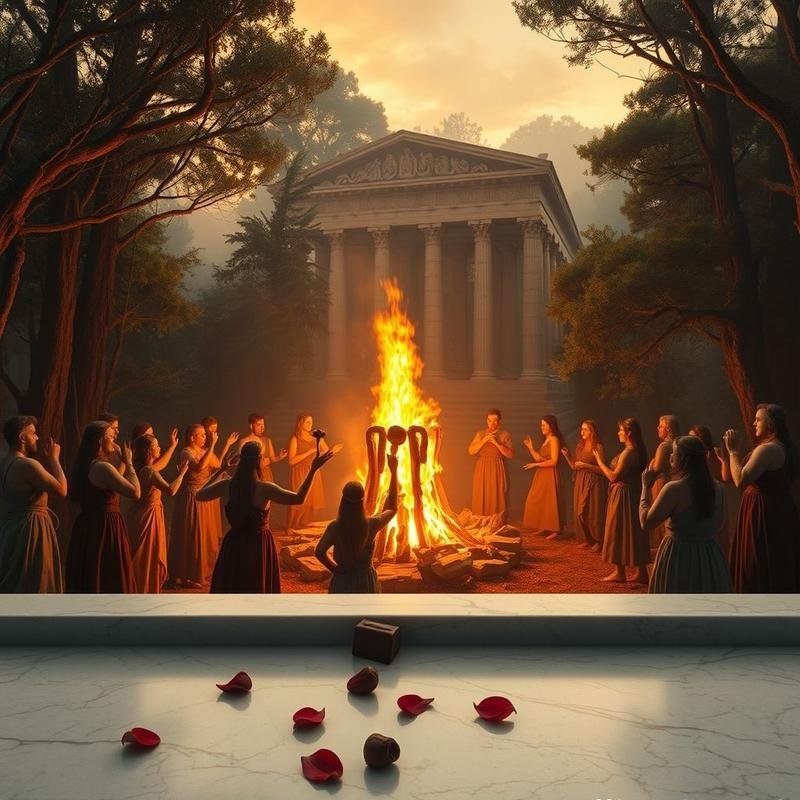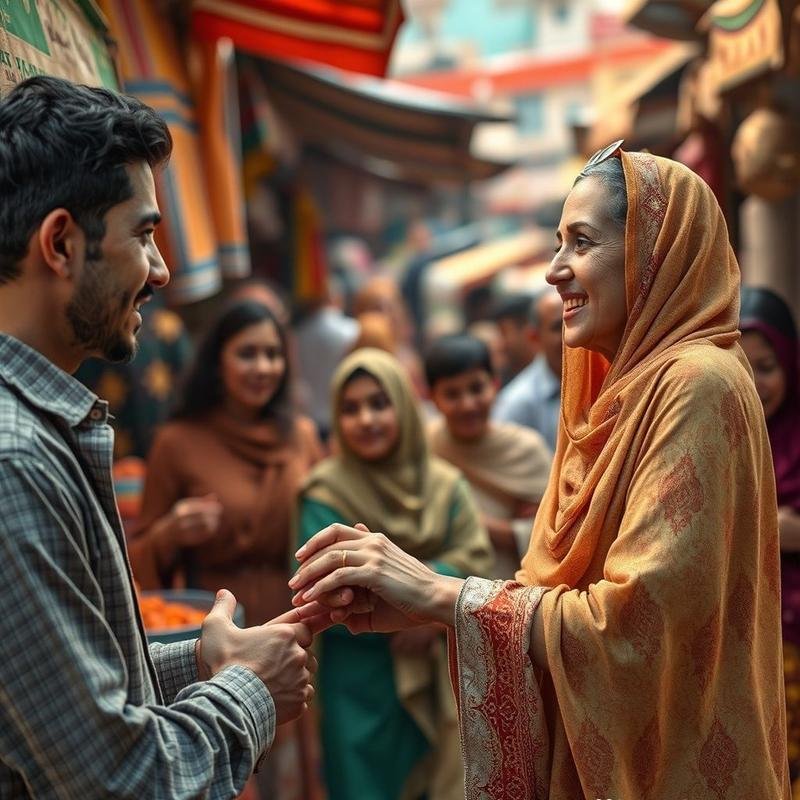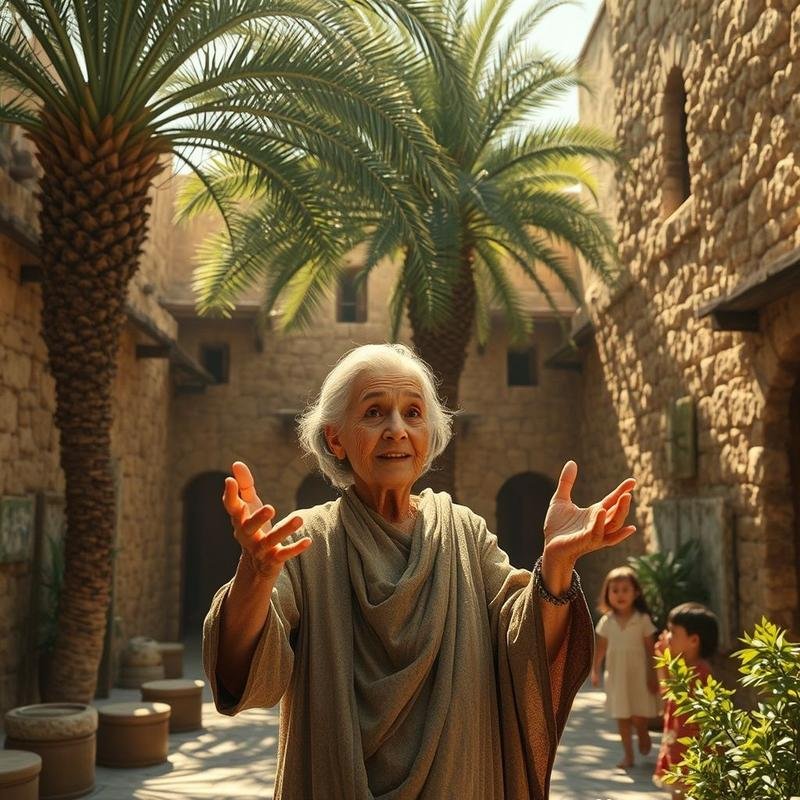Valentine’s Day: Pagan Origins or a Love Story? 🤔📜🤯

Valentine’s Day: Pagan Roots & Love Across Cultures
Is Valentine’s Day a Celebration of Romance or a Commercial Ploy? Long before the advent of roses and chocolates, rituals designed to promote fertility were practiced. This exploration delves into the controversial origins of this holiday and its transformation from pagan practices to a global celebration.
Love in Arab Culture: A Multifaceted Exploration
Love: a term encompassing a rich history of emotions, expressions, and diverse interpretations. Within Arab culture, its meaning extends beyond a singular concept, branching out like an ancient, deeply rooted tree with interwoven limbs, inviting us on a unique journey of discovery. How has Arab civilization addressed the concept of love throughout history?
Poetry: A Reflection of the Arab Soul
Our exploration begins with poetry, a clear reflection of the Arab soul. Classical Arabic poetry, exemplified by the grandeur of Al-Mutanabbi and the infatuation of Ibn Zaydun, embodies images of adoration and passion. Words flow like a cascade of fervent emotions, affirming the existence of a refined concept of love in Arabic literature, predating Valentine’s Day. Poetry was, and remains, the Arabs’ archive, a faithful record of their feelings and emotions regarding love.
Sufism: Divine Love and Spiritual Connection
Next, we turn to the world of Sufism, where love transcends human limitations and touches the divine. Divine love, representing the spiritual connection between humanity and the Creator, is manifested in the poems of Rabia al-Adawiyya and the writings of Jalaluddin Rumi, which have resonated across time and cultures. Here, love is not merely a fleeting emotion but a path leading to ultimate truth. Sufi love is a sublime spiritual journey that transcends sensual pleasures and aspires to union with the divine.
Umm Kulthum: The Voice of Romantic Love
The timeless songs of Umm Kulthum offer another perspective on the profound meanings of romantic love. Masterpieces such as “Enta Omri” and “El Hob Kolloh” embody the deepest feelings of longing and passion experienced by lovers. These enduring lyrics continue to resonate throughout the Arab world, attesting to the power of love and its profound impact on our lives. The voice of the Star of the East continues to proclaim the most beautiful expressions of love, touching the depths of hearts.
“One Thousand and One Nights”: Tales of Love and Morality
A closer examination of the enchanting tales of “One Thousand and One Nights” reveals diverse love stories, both romantic and platonic, reflecting the rich tapestry of this concept in Arab popular culture. These captivating narratives, passed down through generations, impart valuable lessons and morals about love and its significance. They present varied portrayals of love, reflecting the diversity of Arab society and its traditions.
Arranged Marriage and Enduring Relationships
While arranged marriage was, and in some cases remains, prevalent in certain Arab societies, where parents play a significant role in partner selection, mutual love and respect remain fundamental to building successful and lasting relationships. Love does not always manifest instantaneously but can develop through companionship and understanding.
Valentine’s Day in the Arab World: Tradition or Import?
As the world celebrates Valentine’s Day on February 14th, some Arab countries have begun to embrace this occasion in recent years. However, the question remains: Is Valentine’s Day a genuine expression of love within our authentic Arab culture, or is it merely an imported tradition? This documentary journey will explore this question, uncovering the roots of this celebration and its evolution throughout history.
The Pagan Roots of Valentine’s Day: Lupercalia
The history of love is rooted in ancient pagan traditions, specifically the Roman festival of Lupercalia. Held between February 13th and 15th, the Romans did not celebrate with roses and chocolates but with unusual rituals aimed at purifying the city and promoting fertility – concepts that later influenced our contemporary understanding of love and procreation. These rituals were markedly different from modern Valentine’s Day celebrations.
The Rituals of Lupercalia
Imagine the scene: priests, known as the Luperci, performing bloody rituals on Palatine Hill, near the Lupercal cave, the sacred site where the legendary she-wolf is believed to have nursed Romulus and Remus, the founders of Rome. A goat and a dog were sacrificed, and their blood was used to mark the foreheads of two young men before being cleansed with milk and wool. These rituals symbolized purification and rebirth, although their precise details and interpretations vary among historians. They were integral to ancient Roman life and reflected their beliefs and fears.
February: A Month of Purification
The very name of the month of February carries a strong connotation of purification, derived from the Latin word “februa,” meaning purification, underscoring the pivotal role these rituals played in the lives of the ancient Romans. February was not simply a month in the Roman calendar but a month dedicated to purification and renewal.
The Rise of Saint Valentine
How did these ancient pagan practices evolve into the Valentine’s Day we know today? In 494 AD, Pope Gelasius I abolished the Lupercalia festival. While it is not definitively established that he directly replaced it with Saint Valentine’s Day, this marked the beginning of a transformation, with the Christian Church attempting to supplant pagan rituals with religious traditions.
The Legend of Saint Valentine
Saint Valentine: a figure more shrouded in legend than supported by historical evidence. While conclusive documentation of his existence is lacking, which is common for figures of that era, this does not preclude the possibility of his existence. Who was this saint whose name has become synonymous with love?
Defying Emperor Claudius II
Some accounts suggest that he was a Roman priest who lived in the third century AD, during the reign of Emperor Claudius II. The empire was experiencing intense internal and external conflicts and required strong soldiers unburdened by other concerns. Claudius, according to these accounts, believed that unmarried men were better soldiers than married men because they were not weighed down by family responsibilities that weakened their resolve. He therefore issued a decree prohibiting soldiers from marrying, a decision viewed by some as harsh and by others as a necessary measure dictated by the exigencies of war. This historic decision affected the lives of many and altered the concept of love and marriage during that period.
A Hero of Love
Valentine emerged as a figure who defied this strict imperial order. He is said to have secretly married lovers, in direct defiance of the emperor’s absolute authority. This act made him, in the eyes of some, a hero defending love, and in the eyes of the emperor, a criminal deserving of severe punishment. Valentine became a symbol of resistance and defiance in the name of love.
Imprisonment and Conversion Attempts
The story continues with Valentine’s arrest and imprisonment, not only for his rebellion against the emperor but also for attempting, according to some accounts, to convert Claudius himself to Christianity. This bold attempt reveals a firm belief and unwavering determination in the face of authority. Valentine’s insistence on spreading Christianity further incensed the emperor and hastened his demise.
The Miracle in Prison
Within the confines of the prison, another story emerges, adding to the mystique of this legendary figure. It is said that Valentine miraculously healed the blind daughter of his jailer, a miracle that transformed the jailer from a cruel executioner into a devoted believer. The story of the miracle adds a human dimension to Valentine’s character, making him more relatable.
“From Your Valentine”
Before his execution, Valentine left a farewell message for the girl, signed “From Your Valentine,” a simple phrase that later became a symbol of eternal, enduring love. This phrase became an integral part of the Valentine’s legend, embodying the meanings of love and devotion.
A Martyr’s Legacy
Valentine was executed on February 14th, a date that would immortalize his name, although its transformation into a globally celebrated holiday took centuries. He was honored as a Christian martyr, but the irony lies in the existence of numerous other saints bearing the same name. This similarity complicates the accurate tracing of his historical origins and contributes to the perplexing mystery surrounding his character. The multiplicity of saints named Valentine makes it more difficult to identify the specific saint whose name became associated with Valentine’s Day.
Love Through the Ages: Literature and Romance
Has love always existed in the form we recognize today? Beyond strict religious rituals and boisterous Roman celebrations, other delicate and complex threads have permeated the fabric of Valentine’s Day, skillfully woven by writers and faithfully documented by historians. How has literature contributed to shaping the concept of romantic love?
Chivalric Tales and Courtly Love
Consider the chivalric tales that flourished in the Middle Ages. Here, love was not merely a fleeting emotion but an integrated system of values and practices. The knight served his lady with absolute devotion, seeking only a fleeting glance of approval. This courtly love, idealistic in its essence, left an indelible mark on our perceptions of romantic love and strongly influenced the idea of Platonic love, that sublime love that transcends the physical and resides in the soul. Love in the Middle Ages was associated with courage, loyalty, and sacrifice.
Dante’s “Divine Comedy”: Love as a Spiritual Force
Next, we turn to Dante Alighieri’s “Divine Comedy.” Dante’s love for Beatrice was not simply a transient worldly passion but a powerful spiritual force that propelled him toward ultimate perfection. Love here is not merely a passing relationship but a challenging and arduous path toward eternal salvation. Dante transformed Beatrice into a symbol of spiritual beauty and a driving force toward perfection.
Romanticism: Intense Emotion and Unrestrained Imagination
With the advent of the Romantic movement in the late eighteenth and early nineteenth centuries, the artistic landscape underwent a dramatic transformation. Intense emotion, unrestrained imagination, and the allure of nature became the central themes. Love was no longer simply an imposed duty or a social construct but an overwhelming and violent emotional force, capable of self-destruction, as exemplified in Goethe’s “The Sorrows of Young Werther.” Love here is not necessarily a paradise of lush shade but can be a raging inferno. Romanticism redefined the concept of love, associating it with intense emotion and the expression of feelings.
Shakespeare’s “Romeo and Juliet”: The Tragedy of Impossible Love
Shakespeare’s “Romeo and Juliet,” that timeless tragedy that has resonated with audiences for centuries, cemented the idea of impossible love, a tragic emotional love that








